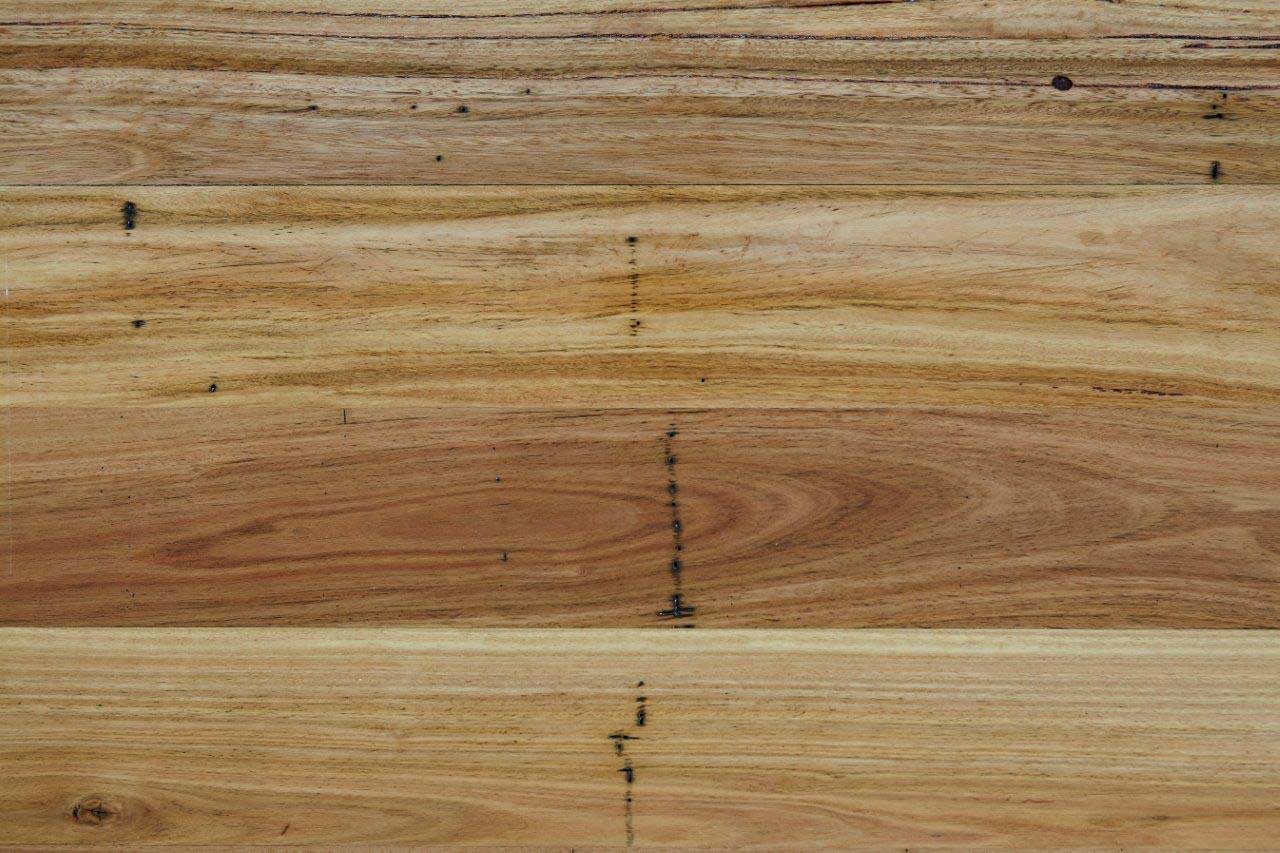Raw Solid Hardwood
Raw Solid Hardwood
American White Oak
American White Oak has become a popular choice for Australians looking for that unique look not present in any of our native species. American White Oak is a medium sized hardwood of Central North America its heartwood is pale yellow-brown and sometimes with a pink tinge.
Heartwood class 4 durability above ground, not termite resistant and Janka hardness of 6.0.
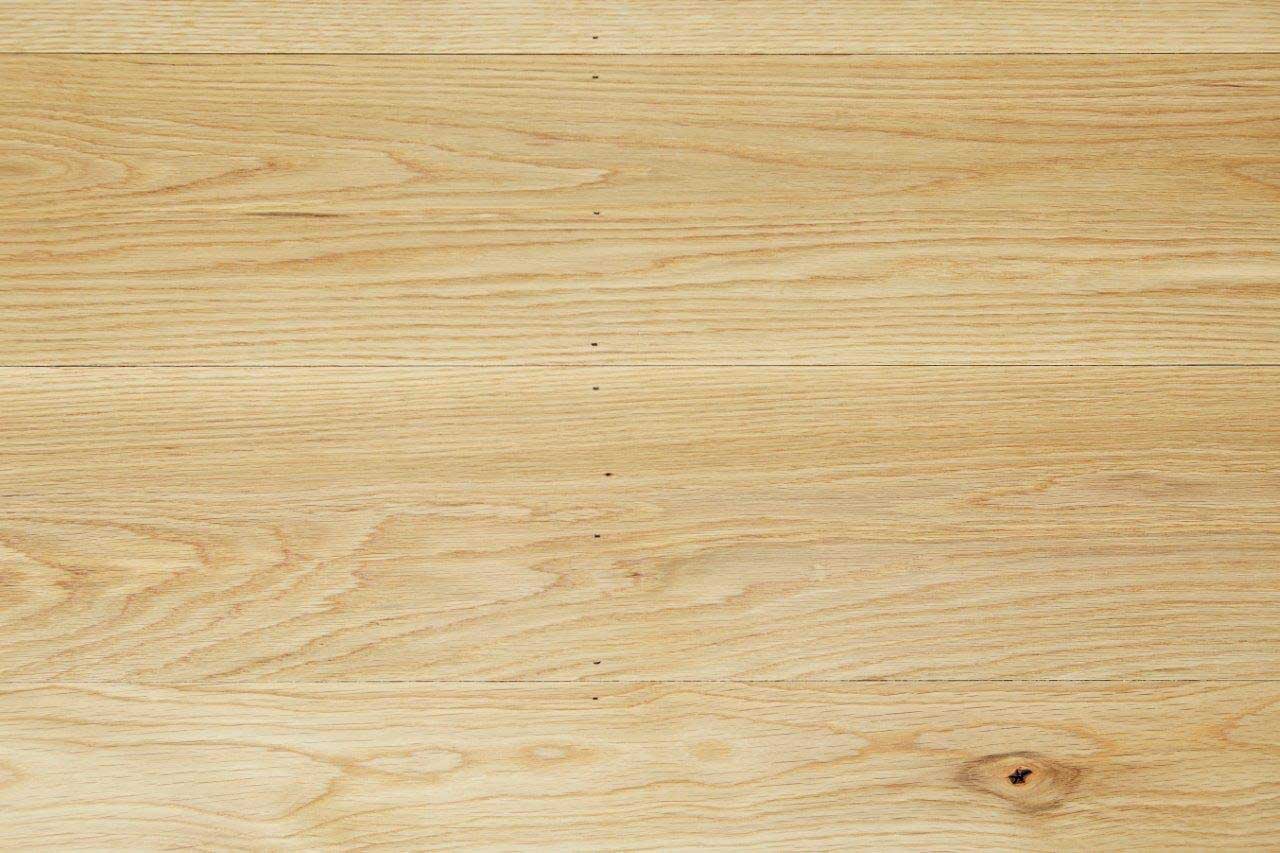
AUSTRALIAN CHESTNUT
mixed Eucalyptus obliqua, sieberi and fastigata.
Australian Chestnut Flooring is characterized by subtle colour variations from a Light straw colour to light to medium browns. Durable Eucalypts are blended to provide a sophisticated, natural beauty to any interior. The blend of species are found in the East Gippsland forests of Victoria.
Heartwood class 3 durability above ground, not termite resistant and Janka hardness of 8.1
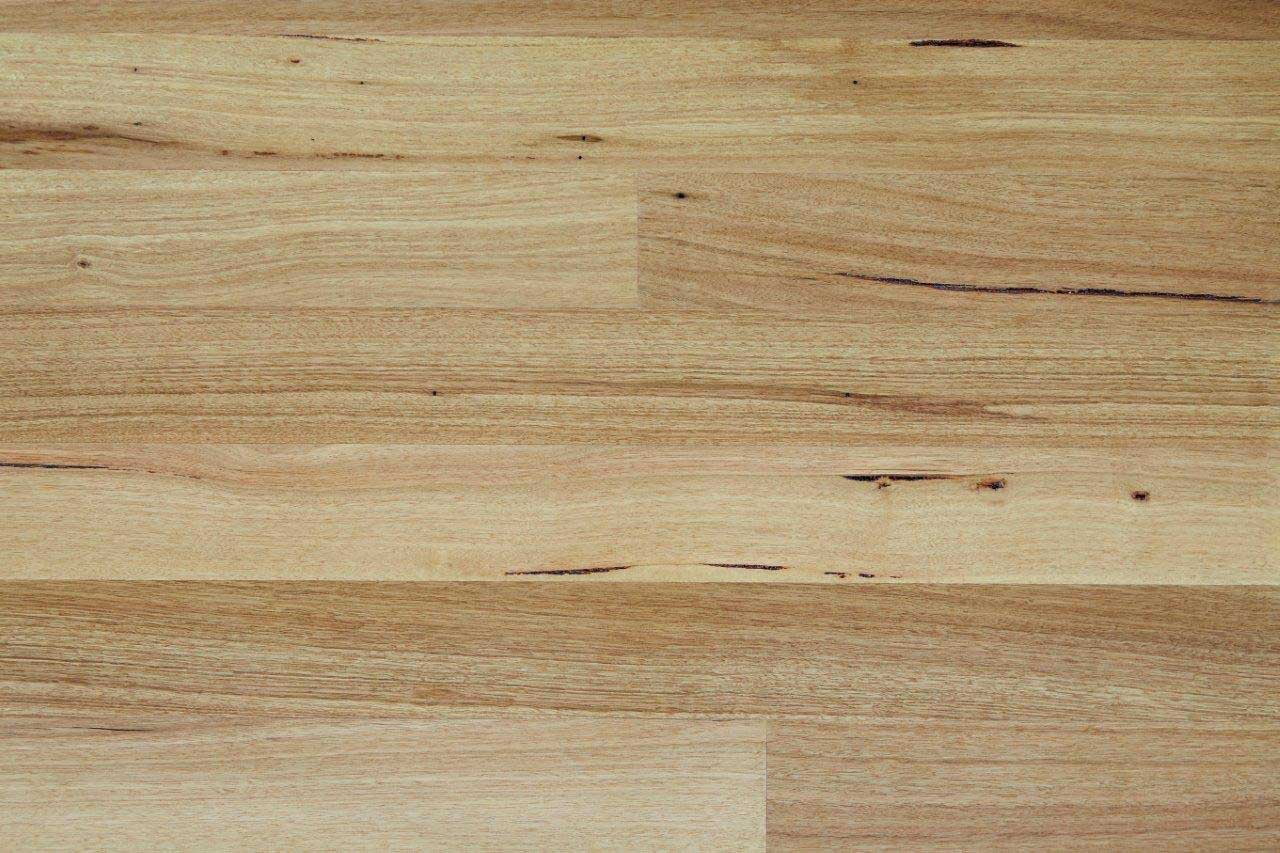
BLACKBUTT (COASTAL)
Eucalyptus Pilularis
Blackbutt is one of the most common species of hardwood commercially available from the coastal forests of NSW. It grows in the coastal forests of NSW from Bega on the south coast up to Maryborough in Queensland. The timber has a colour ranging from a golden yellow through to pale browns and also light Blonde boards. The colour range is subtle and is excellent where the colour requirement is light and neutral. The sapwood is distinctly lighter than the heartwood.
Heartwood class 1 durability above ground, Termite Resistant and Janka hardness of 9.1

BLACKBUTT (NEW ENGLAND)
Eucalyptus Campanulata
New England Blackbutt is sourced from the coastal ranges and tablelands of northern NSW and southern Queensland. The material is very similar in appearance and properties to Blackbutt (E. pilularis). The colour ranges from pale browns to straw blondes, with gum veins being a common feature. The grain is usually quite straight. New England Blackbutt is similar to Coastal Blackbutt but usually has a little more colour variation and more natural features are common.
Heartwood class 2 durability above ground, Termite Resistant and Janka hardness of 9.5
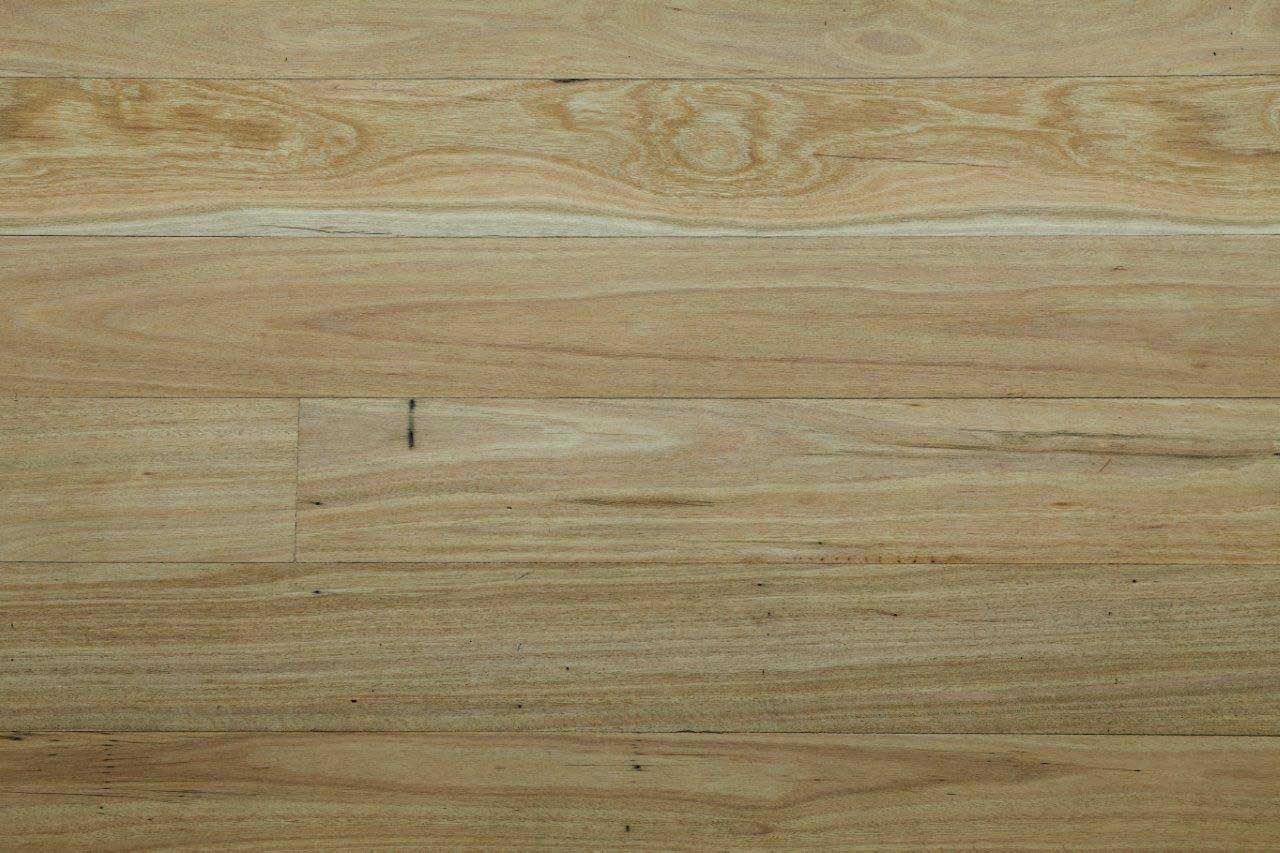
BLUE GUM
Eucalyptus Saligna
Sydney Blue Gum is a tall tree, found along the New South Wales coastline extending from Batemans Bay in the south to southern Queensland. The timber is usually straight grained with a small percentage showing some interlocking grain. The texture is moderately coarse. The heartwood colour ranges from dark pink to reddish brown. The sapwood is typically distinctly paler in colour.
Heartwood class 2 durability above ground, not termite resistant and Janka hardness of 9.0
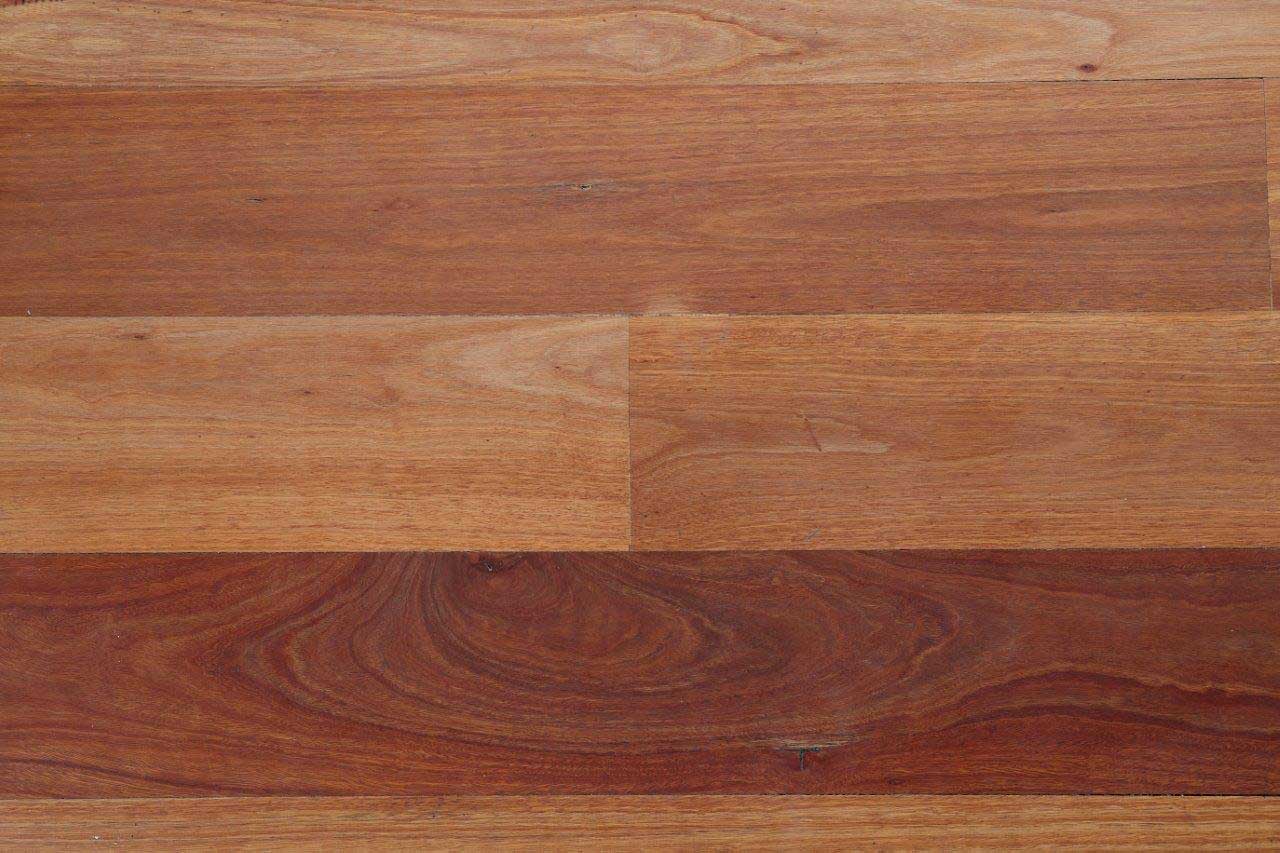
BRUSHBOX
LophostemonConfertus
Brush Box is a large hardwood which grows from the central coast of New South Wales up to Bowen in Queensland. The tree tends to be found on the edge of rainforests, suited to the moist forest conditions and transition zones between hardwood and rainforest. The heartwood ranges from rich reddish browns through lighter browns and to pinkish greys. The texture is fine and even with the grain usually showing the characteristic interlocking. This is an attractive feature, particularly in exposed/polished situations such as flooring. The timber is free of gum vein.
Heartwood class 3 above ground, Termite resistant and Janka hardness of 9.5
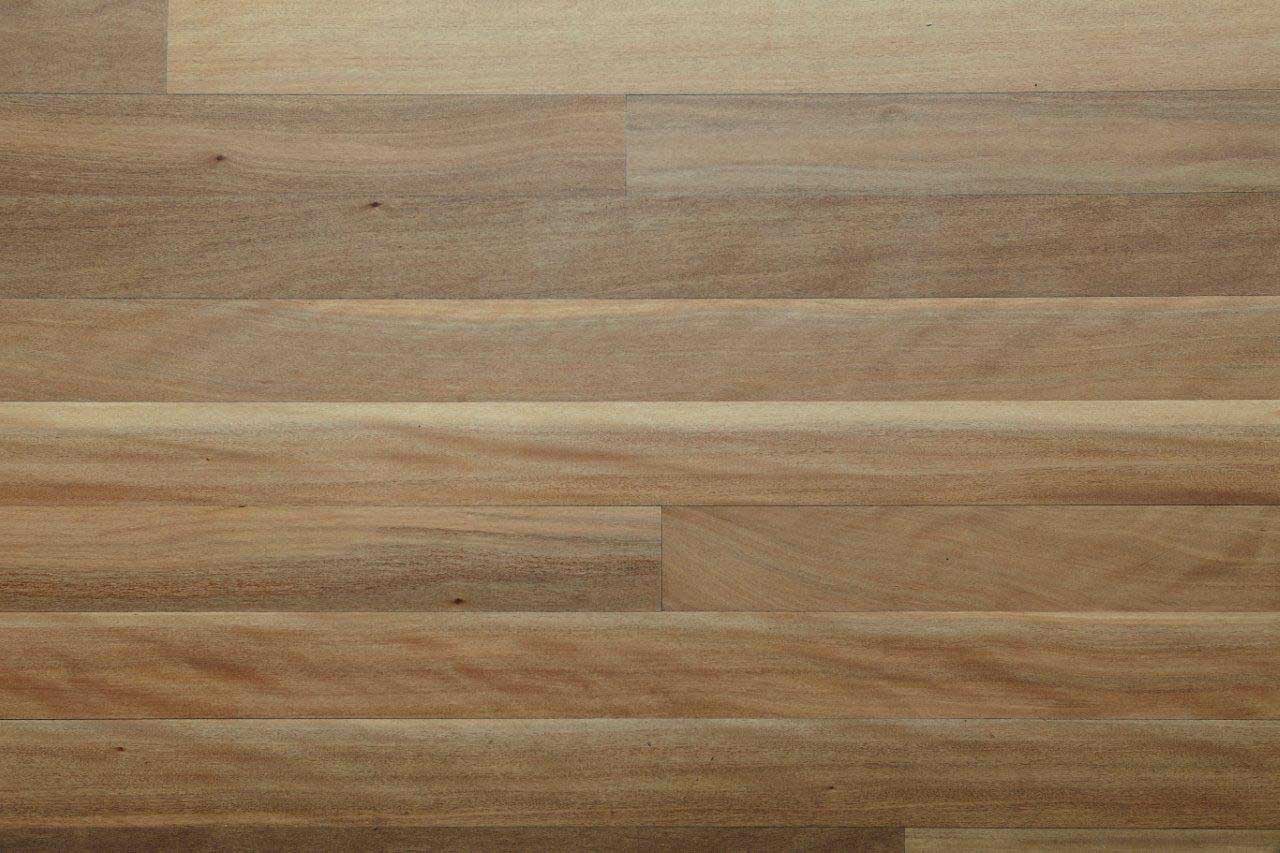
CYPRESS PINE
Callitris Glaucophylla
It is extremely hardy, surviving poor soil conditions and low rainfall. The heartwood is durable with an excellent termite resistance that has made the material very versatile and widely utilized. The heartwood can range in colour from dark chocolate through to pale fawns. The sapwood is a pale yellow. Cypress is easily distinguishable with its feature of black or dark coloured knots contrasting with the heartwood and sapwood. It also has a distinctive smell which is quite noticeable when the timber is freshly installed or sanded.
Heartwood Class 1 Durability above ground, Termite Resistant and Janka Hardness of 6.5
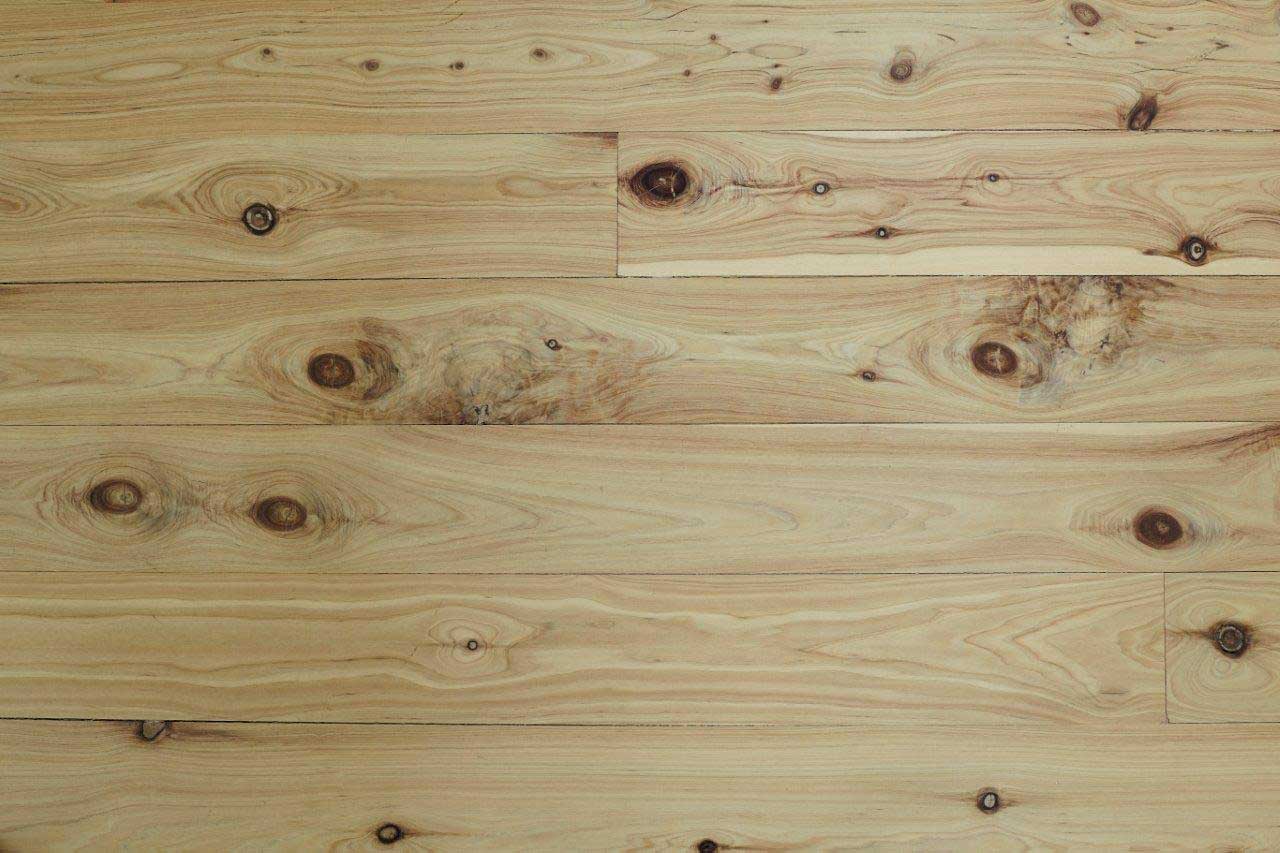
GREY IRONBARK
Eucalyptus propiculata
The most common commercial species is Eucalyptus Paniculata. The heartwood of Grey Ironbark ranges from light grey or light brown with a red tinge at times occurring. Sapwood is slightly lighter in colour. Grey Ironbark may have various regional variations such as the ‘Black ironbark’s’ around Port Macquarie, which have similar light colours with black narrow to broad streaks running through the timber. Texture is moderately coarse and even with an interlocking grain.
Heartwood Class 1 Durability above ground, Termite Resistant and Janka Hardness of 14
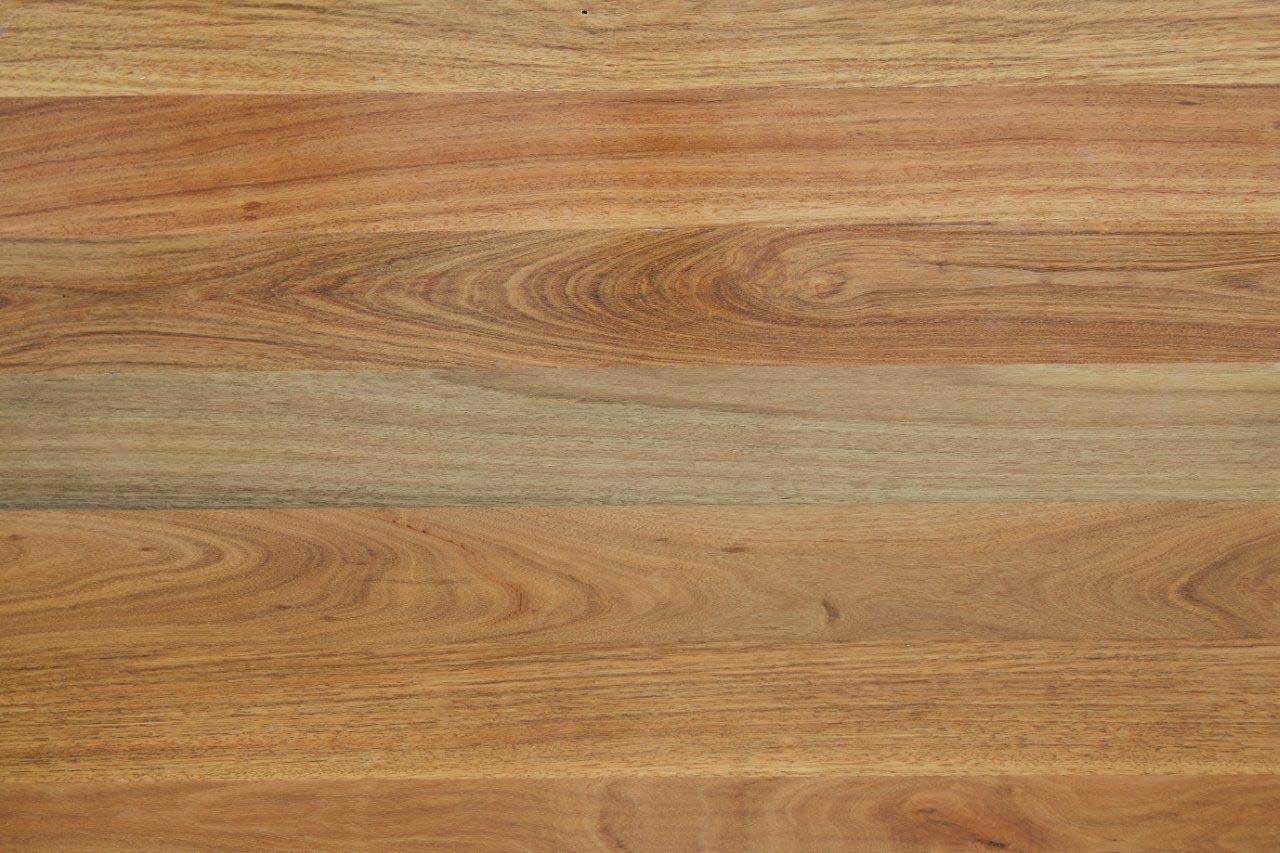
GREY BOX
Eucalyptus microcarpa
A medium sized hardwood of the central and northern areas of NSW. Heartwood pale brown with a lighter coloured sapwood. Grey Box is very similar to Ironbark in its properties but has a more consistent colour and appearance. Grain is interlocked with a fine texture and very few gum veins are found in Grey Box.
Heartwood Class 1 Durability above ground, Termite Resistant and Janka Hardness of 1
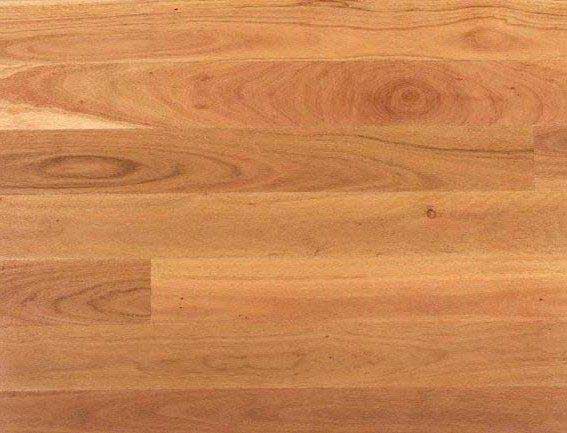
GREY GUM
Eucalyptus propinqua
A large hardwood found around the Hawkesbury River area in NSW and up into the Maryborough region of QLD. Heartwood is Red with the sapwood lighter and has very similar properties and texture to Ironbark. Grey Gum is resistant to termites and is a class 1 durability hardwood. Grain is usually interlocked. Heartwood Class 1 Durability above ground, Termite Resistant and Janka Hardness of 14
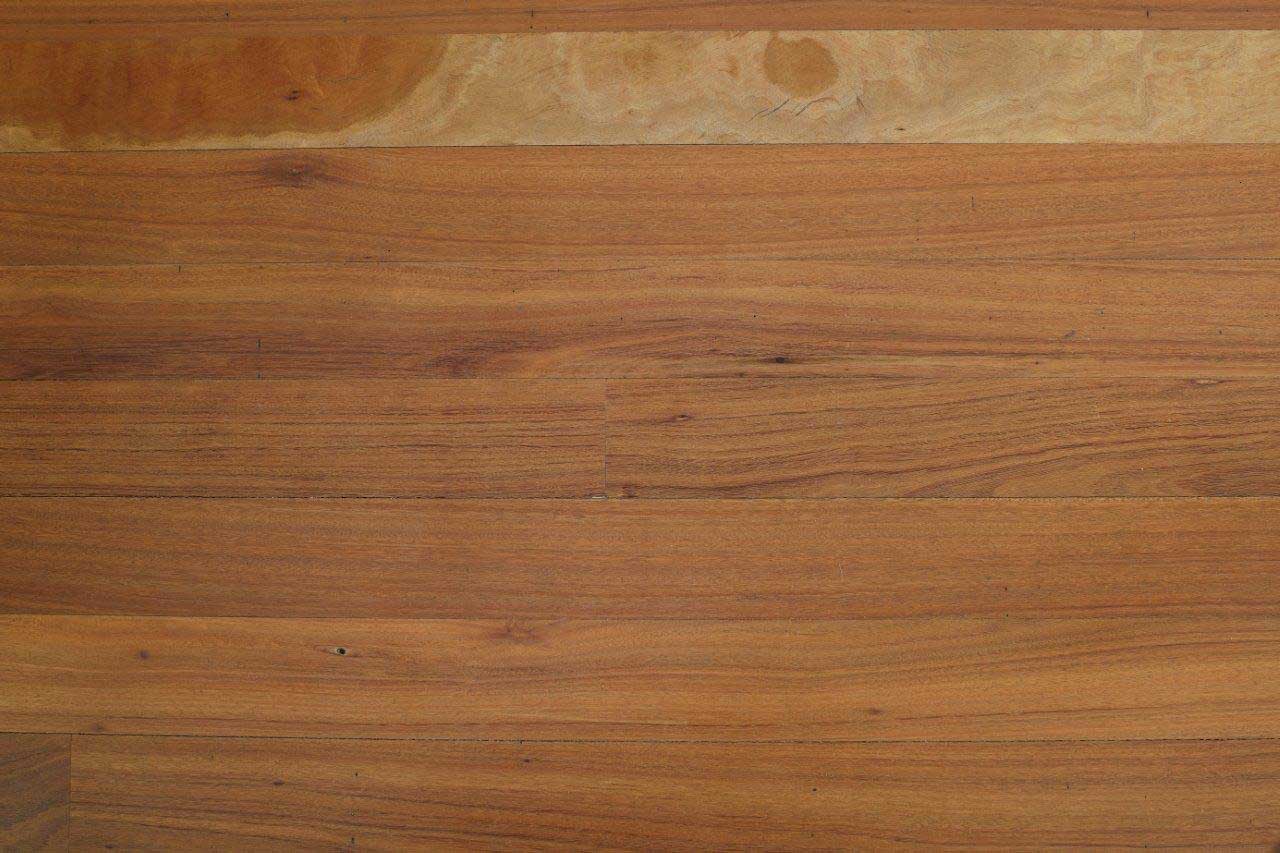
JARRAH
Eucalyptus Marginata
Jarrah is a large sized hardwood found only in the south west of Western Australia. The heartwood varies from rich reds to deep browns, with sapwood being a clearly distinguished pale yellow. The texture is course and generally straight grained although some interlocked grain may feature and at times you will find the fiddleback figure.
Heartwood Class 2 Durability above ground, Termite Resistant and Janka Hardness of 8.5

SPOTTED GUM NSW
corymbia maculate Hook
NSW Spotted Gum is lighter than QLD Spotted Gum The heartwood colour range is quite broad from very pale browns through to dark browns; overall it is described as having light tan browns, greyish tones to a light to medium Brown appearance. Some samples may have a slightly orange tint in the lighter variations. The sapwood is distinctly paler. The grain is often interlocked and generally features some ‘fiddleback’ figure. This wavy type grain may be quite distinctive. Colours vary depending on the areas its grown in.Heartwood Class 1 Durability above ground, Termite Resistant and Janka Hardness of 11
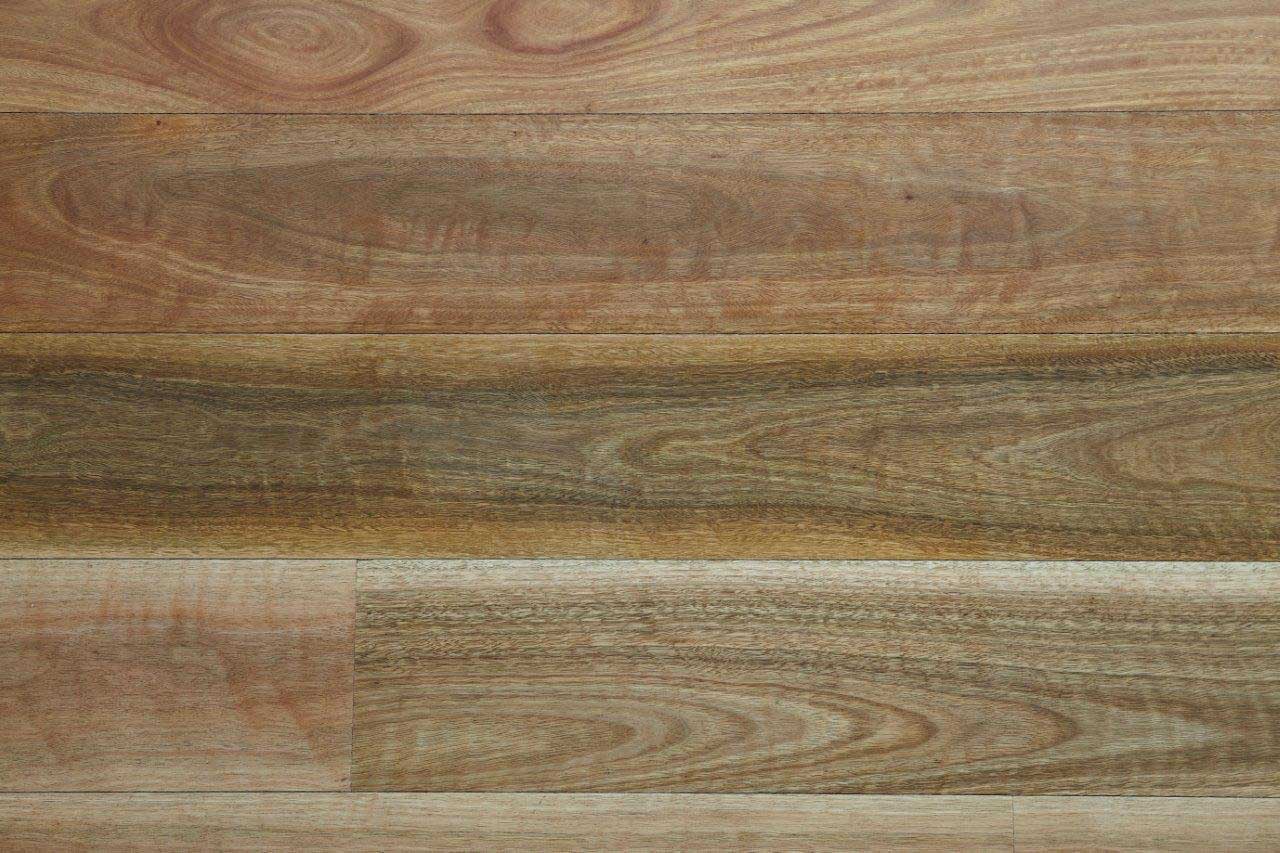
RED IRONBARK
Eucalyptus sideroxylon
The most common Red ironbark’s are Mugger Ironbark (Eucalyptus sideroxylon), narrow-leaved Red Ironbark (E.creba) & broad-leaved Red Ironbark (E.fibrosa). Mugga Ironbark extends from VIC through NSW into southern QLD. Narrow-leaved Red Ironbark is found in the coastal, tablelands and western plains of central to northern NSW and just west of the Great Dividing Range. Broad-leaved Red Ironbark has a distribution from the south coast of NSW to central coastal QLD. The heartwood colour is deep red. Sapwood is a very distinctive pale yellow in colour. Texture is medium and even. Due to the different cross species and areas Red Ironbark is found always check colour of timber is what you re after.
Heartwood class 1 above ground, Termite resistant and Janka hardness 14
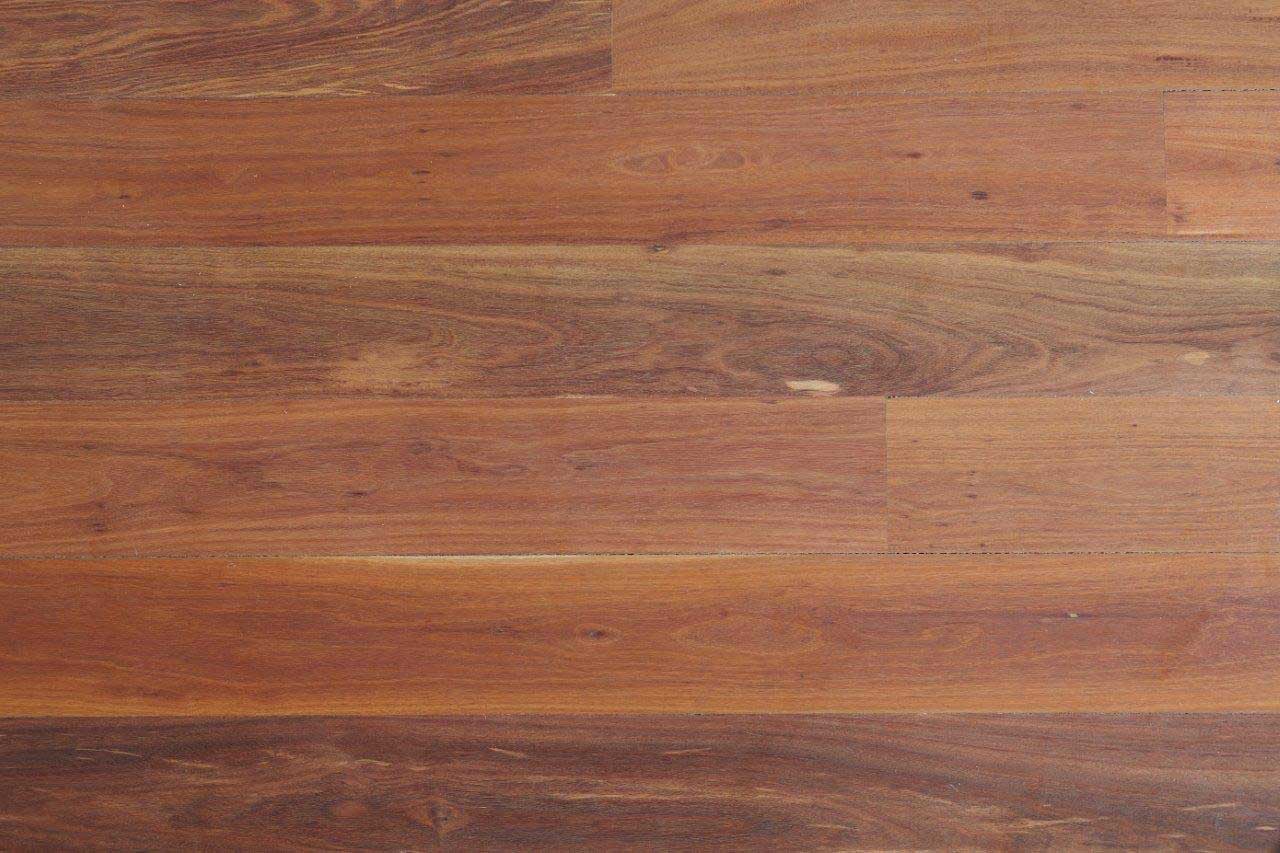
RED GUM (FOREST)
Eucalyptus tereticornis
A large Hardwood found from the districts of Warragul in Victoria and as far north as Cairns QLD. Heartwood is Red with lighter sapwood. Grain is interlocking with a coarse and even texture.
Heartwood class 1 above ground, Termite resistant and Janka hardness of 14
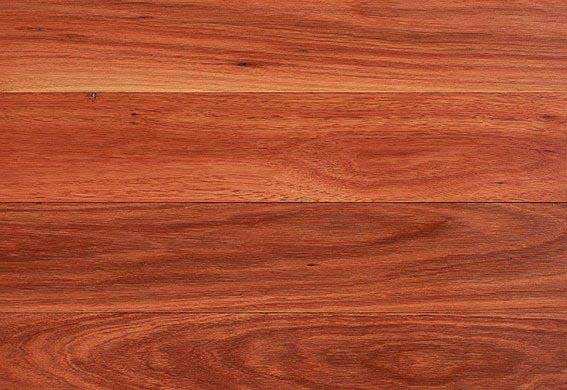
ROSE GUM (FLOODED GUM)
Eucalyptus Grandis
Flooded Gum (also known by the trade name of Rose Gum) is a large hardwood that grows in the moist soils along the east coast of Australia ranging from around Bulahdelah in New South Wales up to northern Queensland. The heartwood is a pink to pale red-brown with the sapwood not clearly distinguishable. The grain is straight and the texture is moderately course and even. The timber often features the work of the scribbly borer. This insect leaves a small trail mark in a weaving or ‘scribbling’ pattern on the timber.
Heartwood Class 2 Durability above ground, Not Termite Resistant and Janka Hardness of 7.5
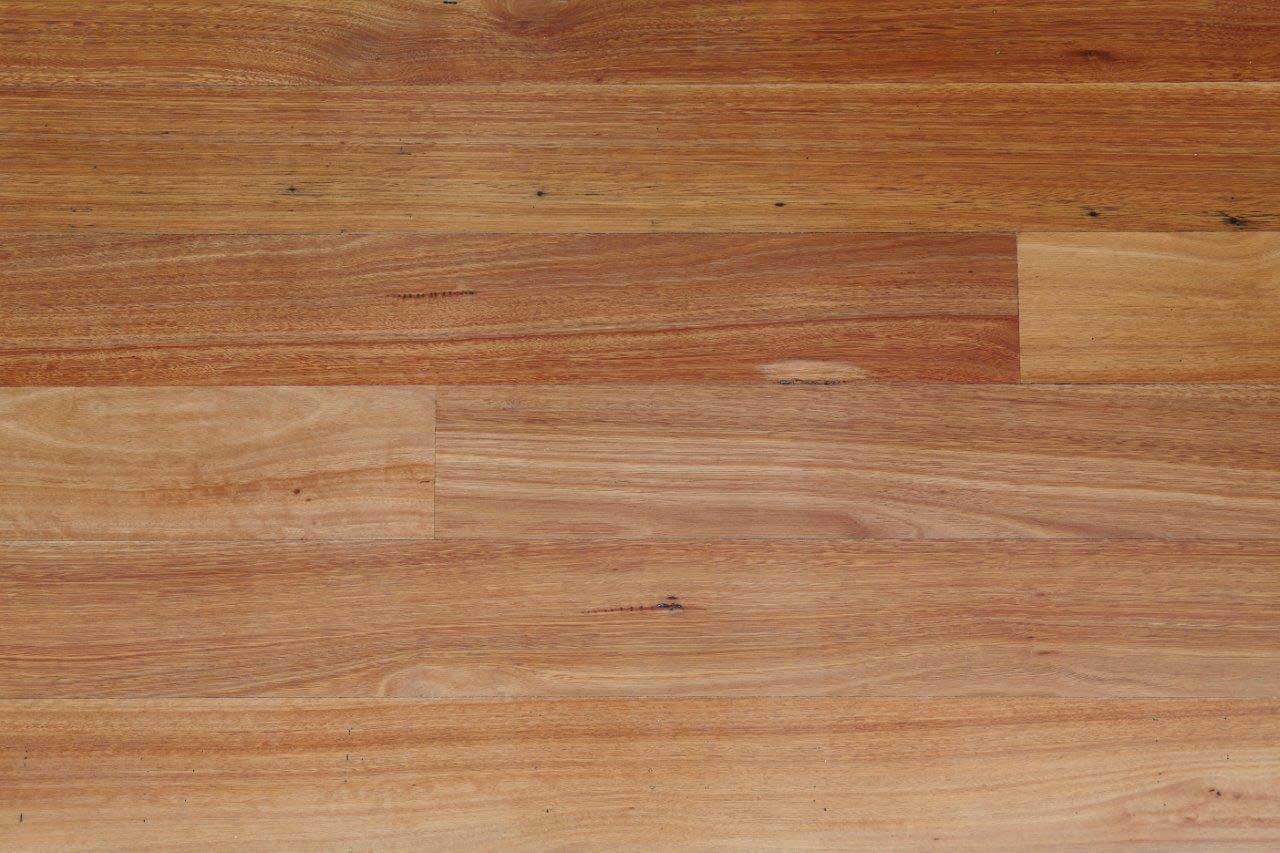
SILVERTOP STRINGYBARK
Eucalyptus laevopinea
A large hardwood found in the northern NSW tablelands, Silvertop Stringybark has a pale brown tone with a straight grain and medium texture.
It is relatively free of gum veins and has a close resemblance to the popular Blackbutt.
Reasonable low Shrinkage rate of just 5 per cent radial it is a stable hardwood very well suited for Timber Flooring, building framing and structural Plywood.
Heartwood class 3 above ground, not Termite resistant and Janka hardness of 9.24
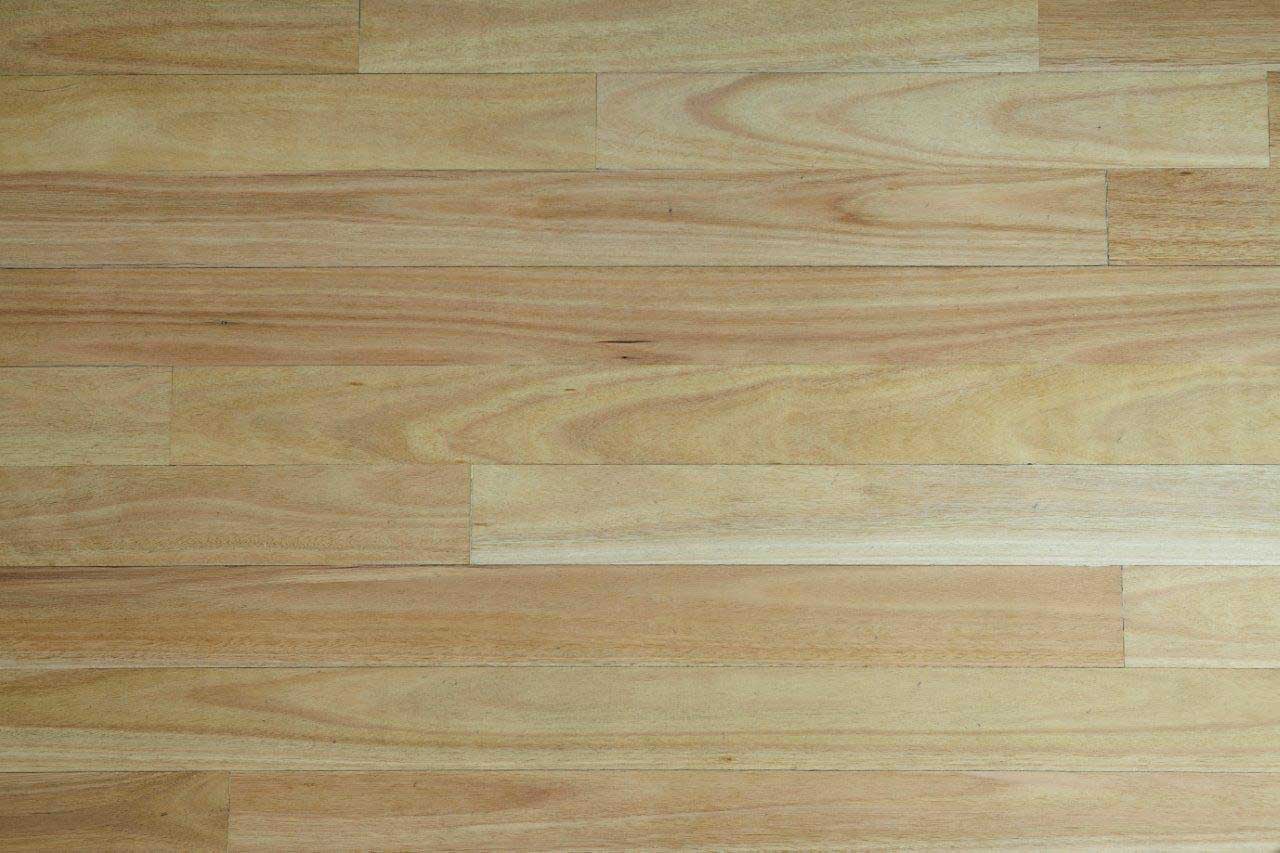
SNOWY RIVER GUM
Eucalyptus Nitens Maiden
Snowy River Gum (East Gippsland Shining Gum) grows in the high altitude country on both sides of the NSW and Victorian boarder. It has a light blonde colour with slight straw brown tones to occasionally include a slight pinkish tinge. It has a very distinct grain with beautiful swirls in the back sawn boards A very affordable choice in flooring for a natural look and also an ideal choice for a floor that’s going to be stained.
Heartwood class 3 above ground, not Termite resistant and Janka hardness of 7.5
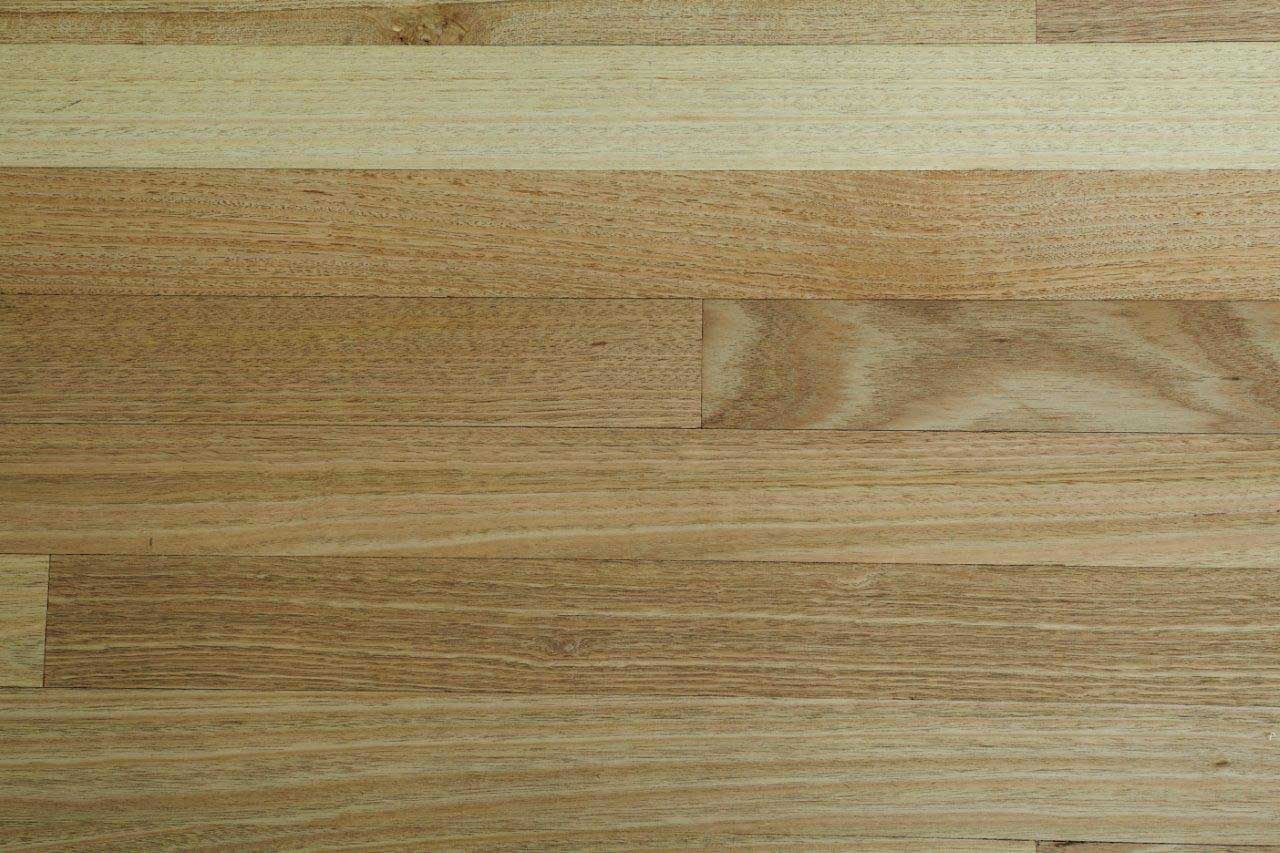
SOUTHERN BEECH (BROWNBARREL)
Eucalyptus Fastigata
A large hardwood found on the north eastern corner of Victoria and into the south Coast of NSW. Heartwood pale brown with a lighter sapwood appearance and at times a slight pinkish tinge. A great choice when looking for a true blonde timber without the Golden honey coloured appearance.
Heartwood class 3 above ground, not Termite resistant and Janka hardness of 6.4

TALLOWWOOD
Eucalyptus microcorys
A large hardwood found on the northern NSW coastal ranges moving up to Maryborough QLD. The heartwood is a yellowish brown with a hint of olive green. Tallowwood is free of gum veins but Pin- hole borers are found at times. It is also well known for its resistance to surface checking.
Heartwood class 1 above ground, Termite resistant and Janka hardness of 8.6

TASMANIAN OAK
mixture of Tasmanian native species.
Tasmanian Oak can be used in all forms of construction as scantlings, panelling and flooring, and can be glue-laminated to cover long spans. Veneers, plywood and engineered products are also available. It is also a popular furniture timber, and eucalypt fibre is sought after for reconstituted board and production of high quality paper. As the tallest flowering plant in the world, E. regnans grow up to 100m. E. delegatensis and E. obliqua do not reach these heights, reaching about 70m with the tallest trees achieving 90m.As a floor product Tasmanian Oak is all quarter sawn to give it a straight even grain and is a light blonde colour worth soft straw brown tones and at times a light pinkish tinge.
Heartwood class 3-4 above ground, Not Termite resistant and Janka hardness of 5.5
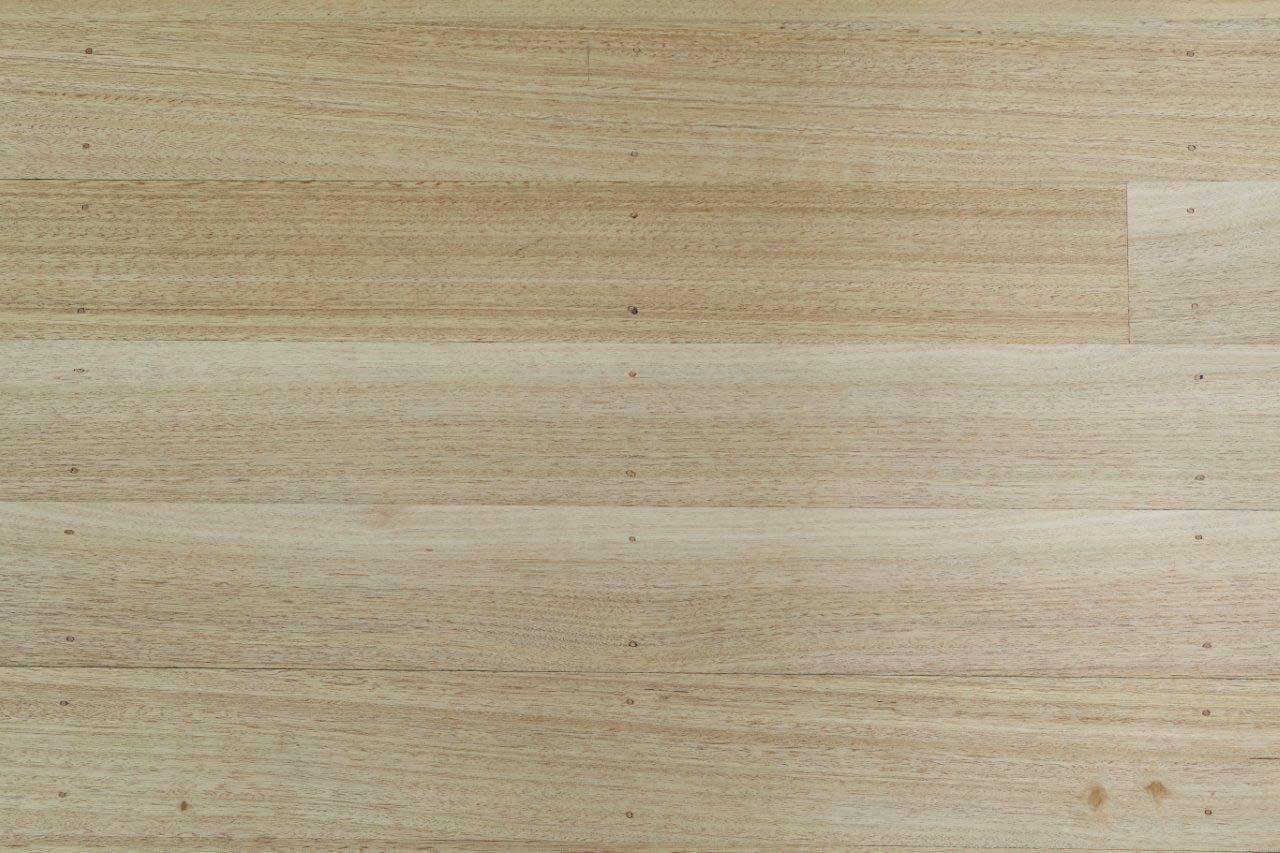
TURPENTINE
Syncarpiaglomulifera
A large hardwood grown in the rich soils of the high rainfall areas between Sydney and Cairns. Its known as one of the most difficult timbers to burn in Australia. Heartwood Reddish Brown and has a close resemblance to red tones found in Brushbox. It has quite a unique pattern in it grain and appearance.
Heartwood class 1 above ground, Termite resistant and Janka hardness of 12
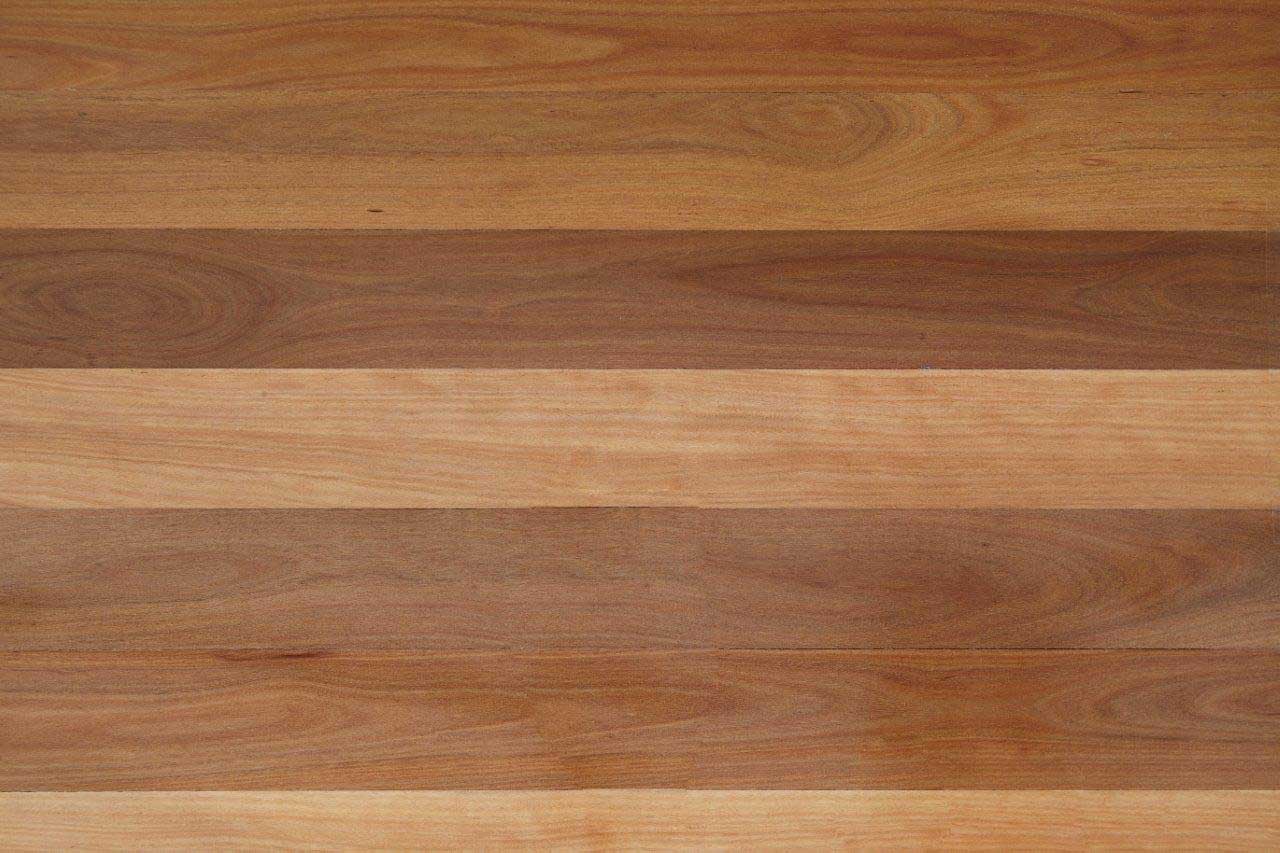
W.A KARRI
Eucalyptus Diversicolor
Karri is known as the giant tree of Western Australia, with examples in excess of 50 meters in height. It has quite rapid growth, and can attain enormous dimensions. It is found in the higher rainfall areas in the south west of Western Australia, favoring light loamy soils of good depth. The heartwood varies from rich reddish browns through to pale pinks with the sapwood being a clearly distinguishable light yellow. The texture is course and considerable interlocked grain may be a feature.
Heartwood class 2 above ground, not Termite resistant and Janka hardness of 9.0
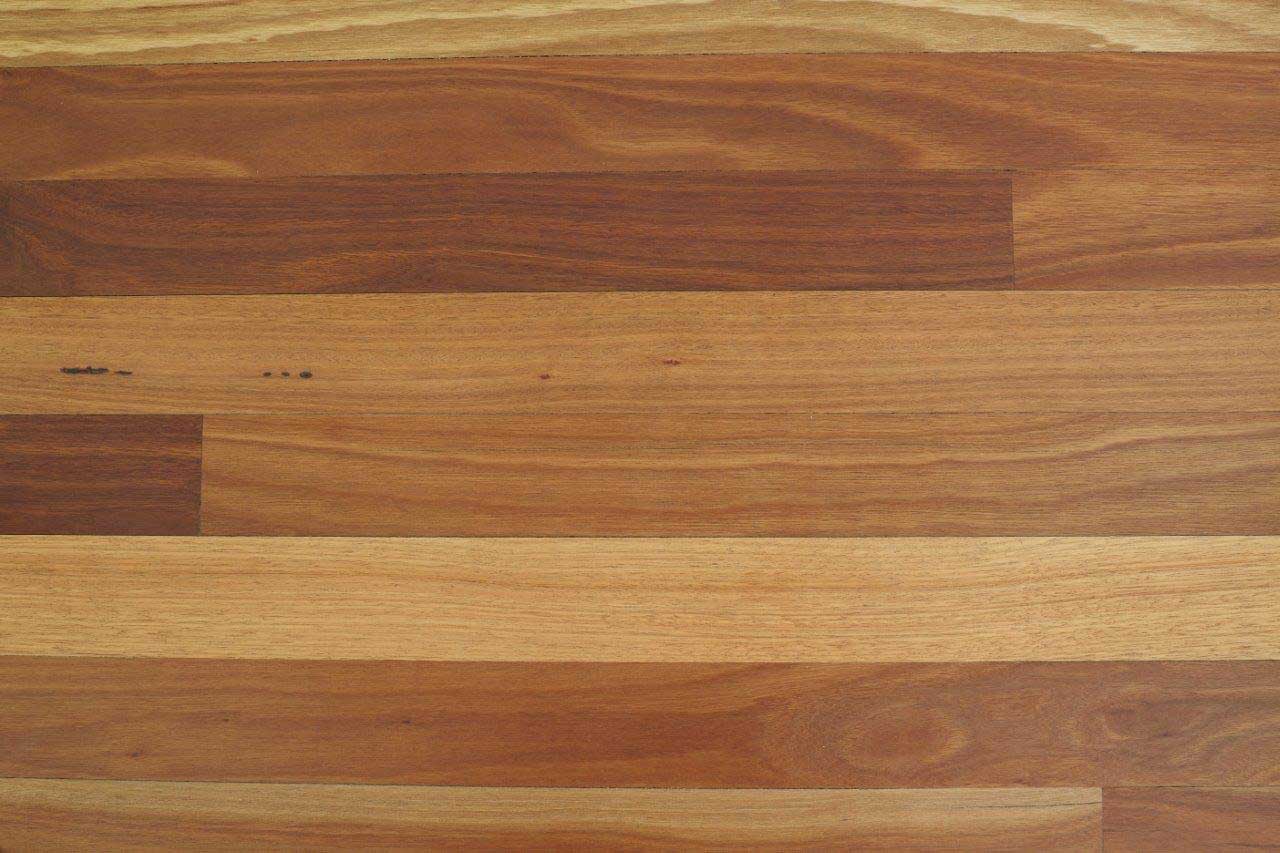
WORMY CHESTNUT
mixed Eucalyptus obliqua, sieberi and fastigata.
No two pieces of Australian Wormy Chestnut are ever the same. Deep in the forests of southern eastern Australia, the trees are affected by wildfires, years of drought, attack by insects, the occasional flood and winds so strong that the trees stunt their growth to cope with the environment. It is from these trees that Australian Wormy Chestnut is born with each piece showing nature’s signature. Deep red gum veins formed by fire, ambrosia beetle marks, pin holes and squiggly worm marks are all reflected in Australian Wormy Chestnut. A suitable coating can be applied to enhance the grain and protect the floor, making it easier to maintain. An Australian Wormy Chestnut Floor requires minimal maintenance and is the perfect choice for busy lifestyles. Overall Wormy Chestnut is a blonde colour with the gentle blend of a straw brown to medium brown tones.
Heartwood class 3 above ground, not Termite resistant and Janka hardness of 8.1
